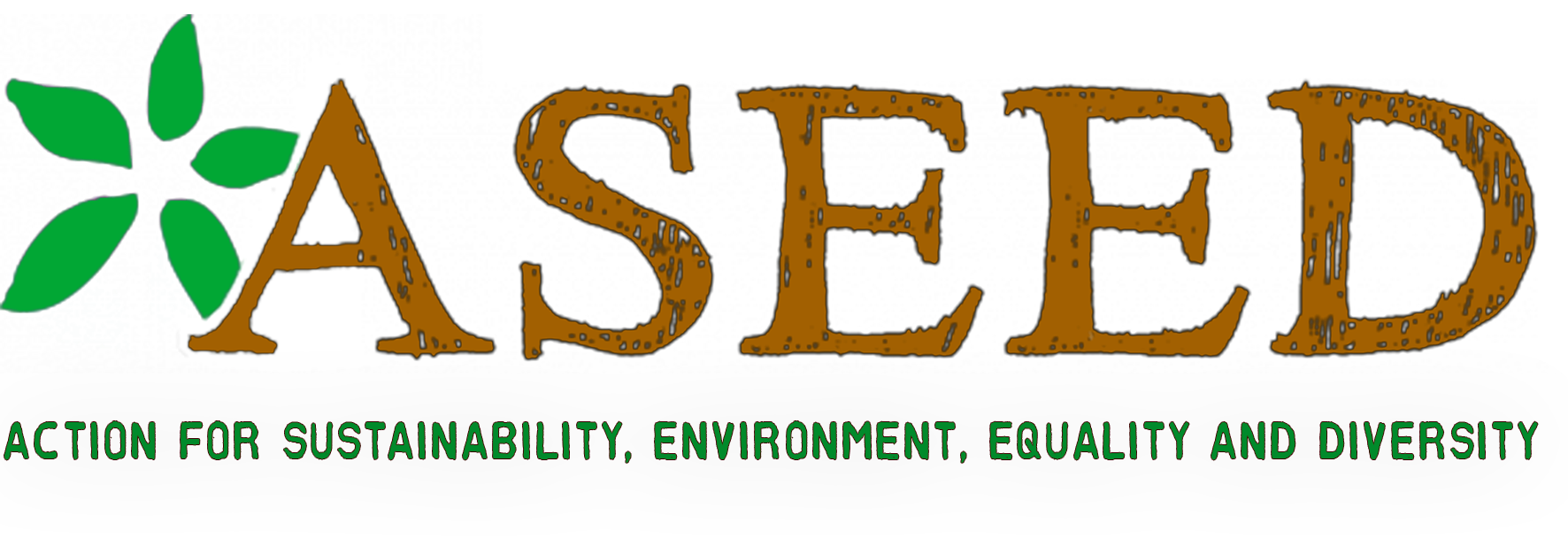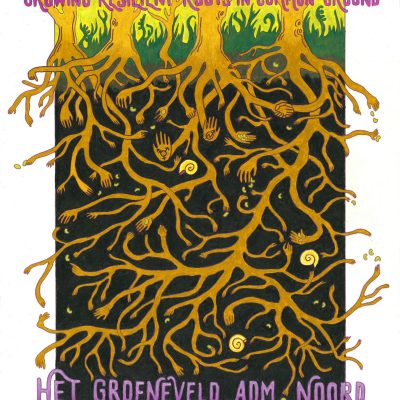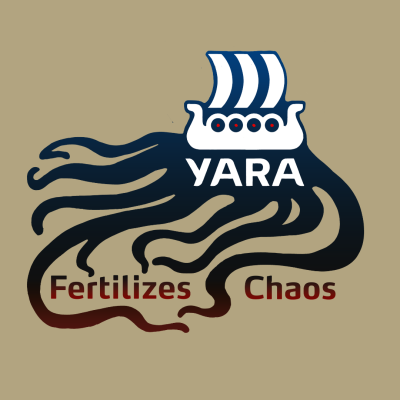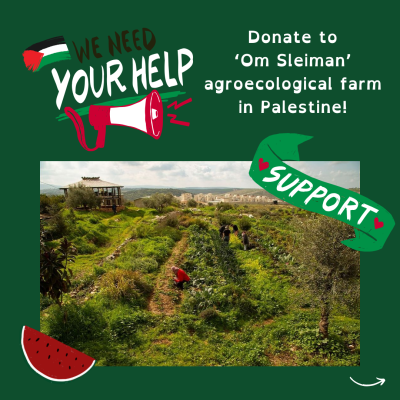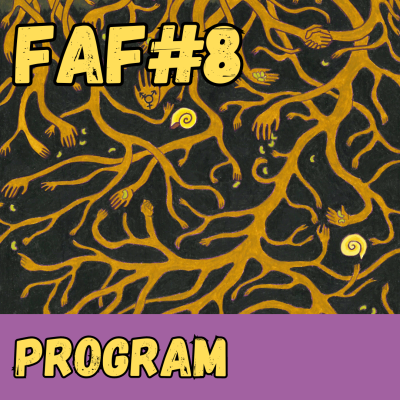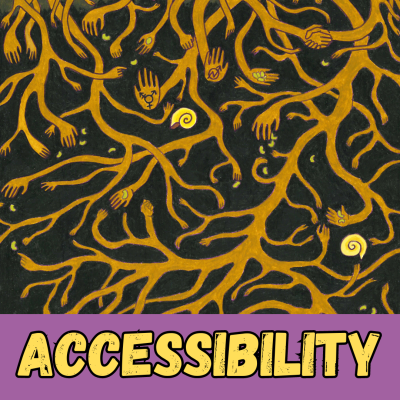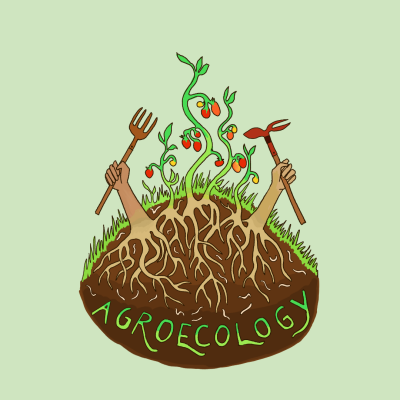In central Tanzania, the project Chololo Ecovillage was launched in 2011 as a response to effects of climate change that are already affecting agricultural production, such as changing rainfall patterns. The success of the project can be attributed among other things to a multi-dimensional approach: not only production practices, but also the way that knowledge is disseminated, the structure of institutions, as well as social and economic relations have undergone change.
In the past, the first rains – usually in November – have been a signal for farmers to start planting. However, such patterns are now becoming unreliable due to climate change. In Chololo, farmers are now waiting until late December or even early January to plant the seeds, which helps to avoid the effects of droughts in February as plants will only start flowering around March. Another change in production practices is crop rotation, building on the traditional practice of slash and burn, where a field is planted with the same crop every year and residues are burnt. Now, the crop residues are fed to livestock, and animal manure is used as fertilizer, making for a more circular system.
Yield have more than doubled in first two years
The yields in Chololo ecovillage have more than doubled in the first two years, compared to former numbers, according to farmers themselves as well as Hombolo Agricultural Research Institute. Part of the agroecological approach is also agroforestry: planting trees to combat former forest loss, which used to lead to soil erosion and the need to cover large distances to collect firewood. Apart from that, different strategies for water conservation through good land preparation are being implemented. Since the start of the project in 2011, a solar pump has replaced the former diesel pump for water supply, and a rainwater catchment system makes seasonal rainfall use more effective.
Direct involvement by community in land use planning
The knowledge dissemination of these practices occurs through farmer-to-farmer demonstrations, and the village community is directly involved in land use planning. Initially, there were meetings with village leaders from the sub-villages of Chololo, but later other community members were included. Furthermore, community members are part of the assessment of innovations. In 2015, the project was expanded to EcoAct (Ecovillage Adaptation to Climate Change in Central Tanzania), or Chololo 2.0, with one of the aims being to establish a knowledge management system so that the lessons from Chololo can be spread internationally. This has led to the very first national climate change adaptation conference which brought together agroecological projects across the country with government officials. Now, the challenge is spreading the practices of Chololo ecovillage to neighboring communities and beyond.
See the links below for more information:
https://chololoecovillage.wordpress.com/
https://ia802908.us.archive.org/16/items/CS2ExecutiveSummary/CS2_ExecutiveSummary.pdf
https://afsafrica.org/wp-content/uploads/2014/05/Chololo-Book-final-lowres.pdf
